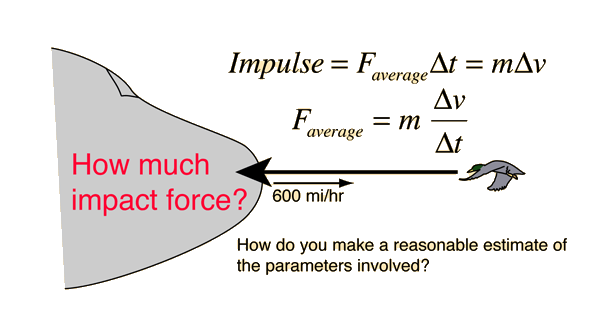

Archived from the original on 24 October 2017. ^ Whitbread BSc (Hons) MSc DipION, Daisy.International Bureau of Weights and Measures. Coherent derived units in the SI with special names and symbols". of Commerce, National Bureau of Standards, p. 17, ISBN 0745649742, archived from the original on, retrieved. ^ International Bureau of Weights and Measures (1977), The International System of Units (3rd ed.), U.S.Bureau International des Poids et Mesures (BIPM). ^ The International System of Units – 9th edition – Text in English (9 ed.).clamping forces of the various moulds in injection-moulding machines used to manufacture plastic parts.Ĭonversion factors Units of force.thrust of rocket engines, Jet engines and launch vehicles.the holding values of fasteners, Earth anchors, and other items used in the building industry.

Specifications in kilonewtons are common in safety specifications for: So for example, a platform that shows it is rated at 321 kilonewtons (72,000 lb f) will safely support a 32,100-kilogram (70,800 lb) load. One kilonewton, 1 kN, is equivalent to 102.0 kgf, or about 100 kg of load under Earth gravity. For example, the tractive effort of a Class Y steam train locomotive and the thrust of an F100 jet engine are both around 130 kN. It is common to see forces expressed in kilonewtons (kN), where 1 kN = 1000 N. Kilonewtons Ī carabiner used in rock climbing, with a safety rating of 26 kN when loaded along the spine with the gate closed, 8 kN when loaded perpendicular to the spine, and 10 kN when loaded along the spine with the gate open. The weight of an average adult exerts a force of about 608 N.Ħ08 N = 62 kg × 9.80665 m/s 2 (where 62 kg is the world average adult mass). An average-sized apple exerts about one newton of force at Earth's surface, which we measure as the apple's weight on Earth. In more formal terms, Newton's second law of motion states that the force exerted on an object is directly proportional to the acceleration hence acquired by that object, namely: F = m a, Examples Īt average gravity on Earth (conventionally, g = 9.806 65 m/s 2), a kilogram mass exerts a force of about 9.8 newtons.
#Units for impulsive force full
As with every SI unit named for a person, its symbol starts with an upper case letter (N), but when written in full it follows the rules for capitalisation of a common noun i.e., " newton" becomes capitalised at the beginning of a sentence and in titles, but is otherwise in lower case. The newton thus became the standard unit of force in the Système international d'unités (SI), or International System of Units. The MKS system then became the blueprint for today's SI system of units. In 1948, the 9th CGPM Resolution 7 adopted the name newton for this force. In 1946, Conférence Générale des Poids et Mesures (CGPM) Resolution 2 standardized the unit of force in the MKS system of units to be the amount needed to accelerate 1 kilogram of mass at the rate of 1 metre per second squared.

an increase of velocity by 1 metre per second every second. The units "metre per second squared" can be understood as a change in velocity per time, i.e. One newton is therefore the force needed to accelerate one kilogram of mass at the rate of one metre per second squared in the direction of the applied force. A newton is defined as 1 kg⋅m/s 2 (it is a derived unit which is defined in terms of the SI base units).


 0 kommentar(er)
0 kommentar(er)
